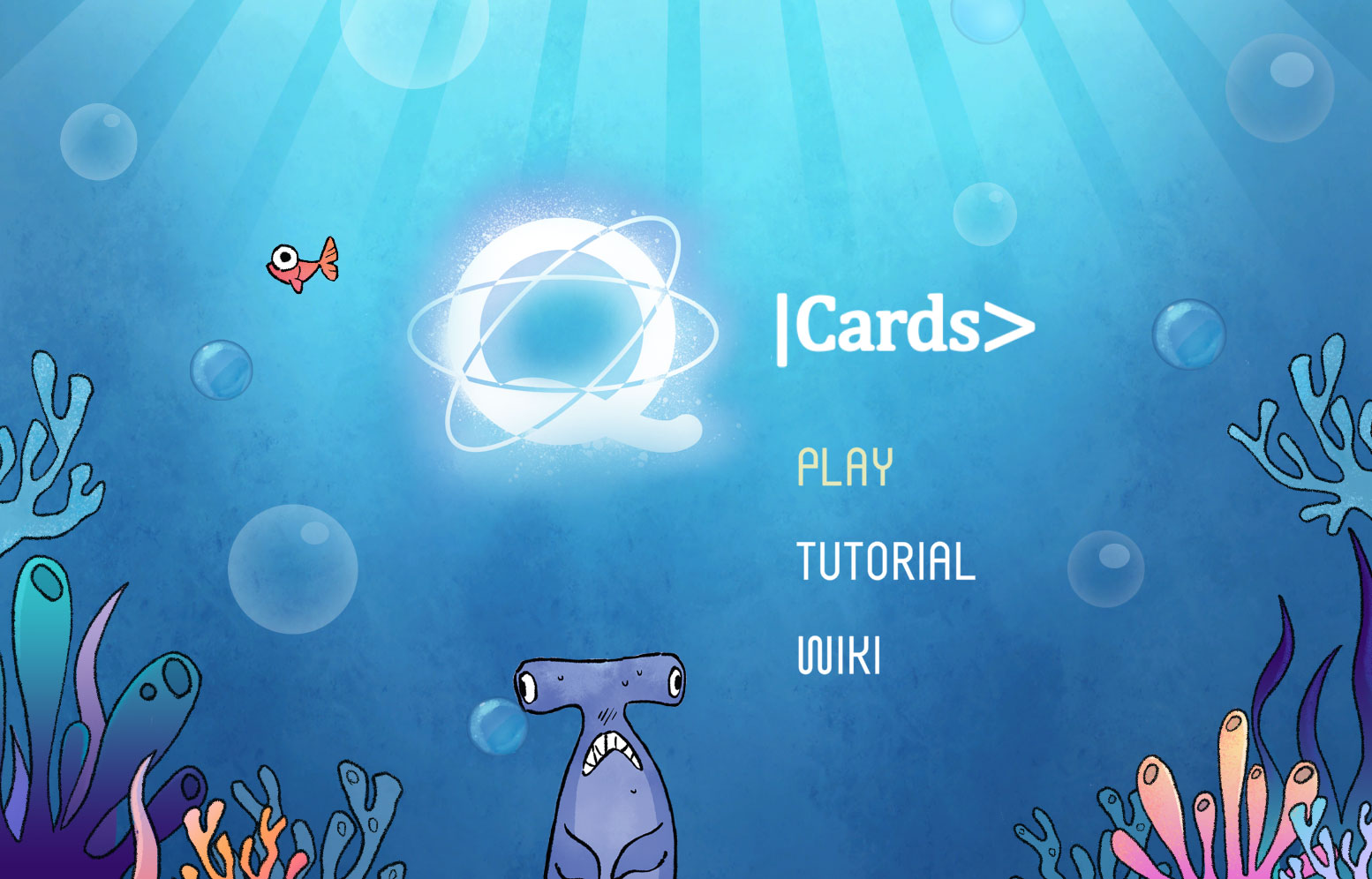
Q|Cards> online

Initially launched on 27 July 2021, the upgraded, mobile Q|Cards> is available for download at play stores as a fully digital and multiplayer online version of the Q|Cards> tabletop game.
Start playing Q|Cards> on your mobile device or on your tablet! The app uses IBM's quantum computing library Qiskit to simulate the quantum circuits of 2 to 5 qubits you will be composing in the gameplay!

Credits
Viktor Minin (Code, Game Design)
Sonya Minina (Graphics, Game Design)
Boris Sokolov (Code, Physics)
Caterina Foti (Physics)
Cecilia Chiaracane (Physics)
Guillermo García-Pérez (Game Concept, Game Design, Physics)
Matteo Rossi (Code, Physics)
Sabrina Maniscalco (Production, Physics)
Q|Cards> online has been updated as part of the modules developed within the European-funded project DigiQ (Digitally Enhanced Quantum Technology Master)

Contact
Social
Menu
© 2020-2025 Algorithmiq QPlayLearn. All rights reserved.
